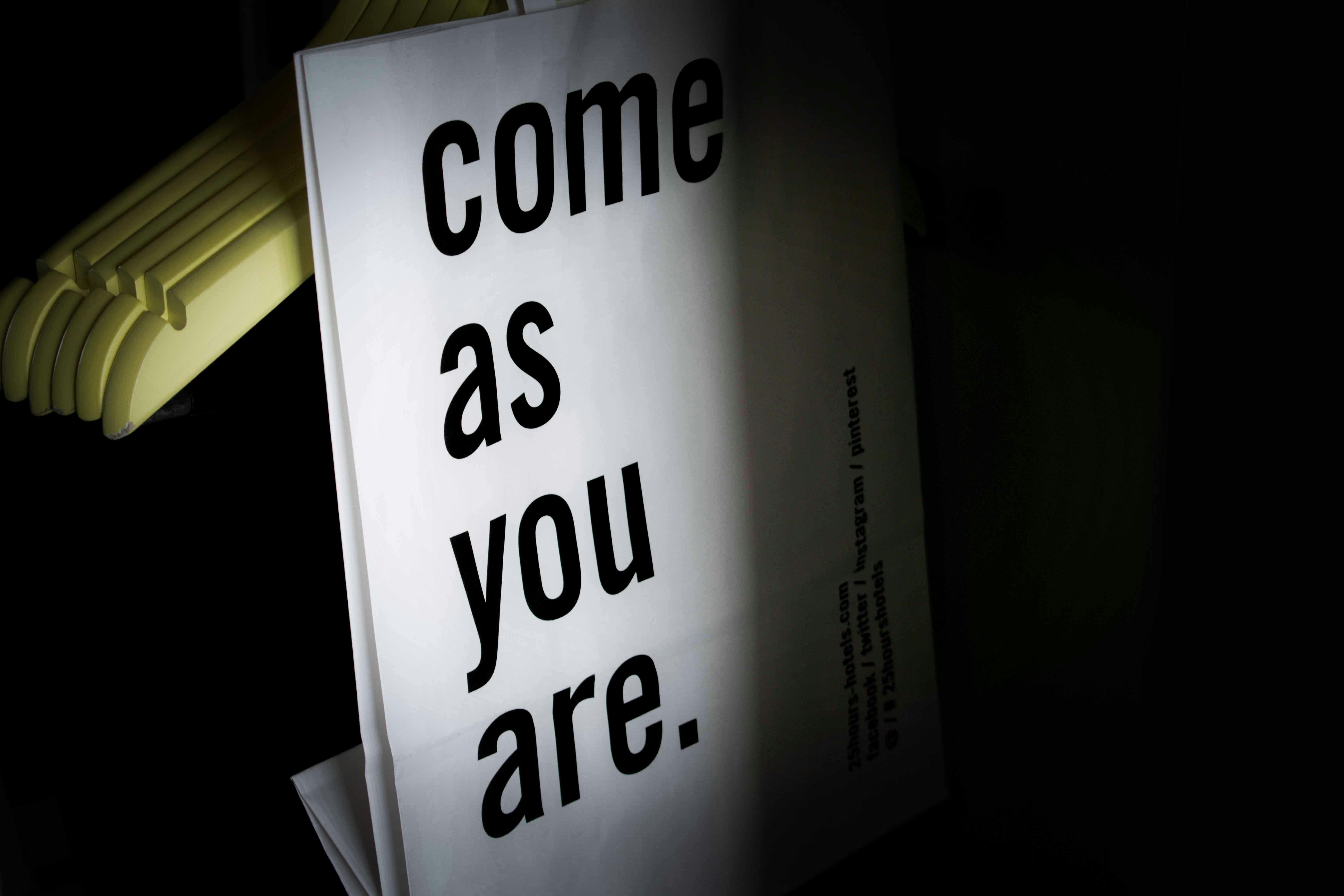Introduction
Bipolar disorder, also known as manic-depressive illness, is fairly common in the US, and the numbers are on the rise with life stressors on the rise.
What is bipolar disorder?
Bipolar disorder is a mental illness in which one is faced with unpredictable mood swings ranging from depressive symptoms to manic symptoms. It is not necessary for a person to have depression to be labeled as bipolar disorder, episodes of mania are enough. The most frequent age of onset is between 20 and 30 years, but the variations are still present.
What are the different types?
There are basically two different types of bipolar disorder type I or type II depending on the number of depressive and manic episodes. To characterize a person as full-blown mania, one must have the symptoms of mania for one week and depression for two weeks.
How to diagnose bipolar disorder?
To diagnose bipolar disorder you must have symptoms of mania or symptoms of mania and depression. Symptoms of mania are rampant shopping, chatter, inflated self-esteem, brain drain, insomnia, distraction, etc.
Symptoms to diagnose depression are recurrent thoughts of death, insomnia, loss of energy, weight loss, psychomotor agitation, markedly decreased interest, etc.
What are differential diagnoses?
Differential diagnoses are hyperthyroidism, AIDS, Huntington’s disease, Wilson’s disease, alcohol abuse, etc.
What is the cause?
The cause is not very well understood, but it is hypothesized that patients are genetically predisposed. Some give the theory of the deficiency of some chemical transmitters. Others give the theory of neurostructural changes.
What is management?
According to doctors, it is a disorder in which the patient only goes to the doctor for their problems. For the treatment of bipolar disorders, the available treatment options are lithium, carbamazepine (Tegretol), and valproic acid (Depakote). Side effects of lithium use are fine tremors, hypothyroidism, and neutrophilia, among others. The main problem with lithium is that its blood level must be controlled. In addition, its effects will not appear until 7-10 days of treatment. Carbamazepine has the side effects of skin rashes, hyponatremia, agranulocytosis, etc. Valproic acid has the adverse effects of tremors, pancreatitis, liver problems, etc.
In addition to medications, there are other treatment modalities available, such as cognitive behavioral therapy, yoga therapy, and herbal medicines. Through cognitive-behavioral therapy, subjects learn to change negative thoughts. Yoga therapy, something primarily from the East but now gaining traction in the West, aims to channel positive energy throughout the body. Since these therapies do not induce the entry of certain chemicals into the body, they are said to have no side effects.
What are the precautions?
Due to the side effect profile of all drugs and the way patients behave, physicians must be very vigilant. It is said that the most important time to care for the patient is when he is recovering because it is the time when he is gaining energy and hence he can fulfill his suicidal thoughts.

